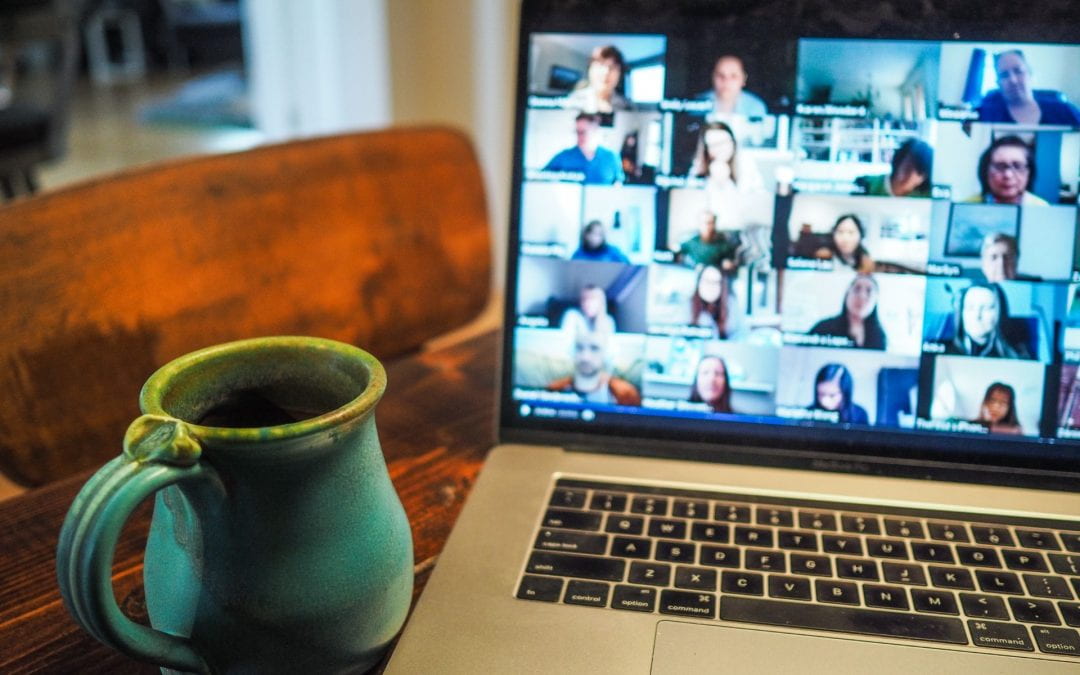After months of waiting and 2,483 miles of driving across the country, November 2nd was finally here. I was about to start a new job during a pandemic. Waiting to join my first Webex meeting at GSU, I took deep breaths and nervously sipped coffee in between. I was elated to meet my new coworkers and get started. But, my stomach was in knots. Doubt and anxiety kept creeping in… What if I don’t fit in? Am I good enough for this position? Will my coworkers like working with me? What if I ask embarrassing questions? I hadn’t felt this way since my grad school days! Another thought popped up: “Is THIS how students feel when they’re starting a new online course?” But no time for that – I have first impressions to make!
Fortunately, my GSU story started off on the right foot. On my first day at CETLOE, I was showered with welcoming messages. The first week was spent chatting with my coworkers and getting to know them. We talked about our lives, work, house hunting, hobbies, cool spots around Atlanta for the post-pandemic future, and guidance on navigating the job. They also added me to a new hire group chat where I could ask questions unapologetically. After all, my fellow designers had all been in my shoes before! The team generously offered their time and expertise to help me get settled into my new role. By the end of the week, I felt connected, engaged, and reassured for the experience ahead.
Looking back on my onboarding experience, I considered how emotion and social support affect the student experience and learning outcomes. Building a sense of community in the course can increase student engagement and satisfaction. How can we create an online environment that fosters this sense of community and alleviates feelings of isolation and distance? What might the first week of this learning experience — which sets the tone for the whole semester — look like?
A Few Ideas:
- Share who you are as a person outside the classroom. Whether in a written bio or a fun introduction video, being authentic will help students feel more relaxed and comfortable.
- Include introduction activities that help your students get to know each other and discover mutual interests. Creating a forum for informal interactions beyond academic content, such as a ‘Coffee Shop’ discussion, promotes peer socialization and support throughout the semester.
- Allocate space for students to ask questions. Knowing other peers have the same questions relieves feelings of anxiety or frustration and encourages students to keep going!
- Involve students in shaping the learning community. Ask them to write a letter or record a short video for future students and include it in the next term. Hearing directly from their peers gives learners confidence that they can succeed in the course and minimizes uncertainty about the experience ahead.
The strategies you choose to build community in your online course may look different. After all, each semester ushers in a new group of students with unique needs and preferences. However, cultivating an environment where you and your students feel comfortable being your authentic selves is always a good start.
 Ruby Çela is a Learning Experience Designer at CETLOE. She spends the rest of her time puzzling competitively and singing to her plants.
Ruby Çela is a Learning Experience Designer at CETLOE. She spends the rest of her time puzzling competitively and singing to her plants.

